 Richard Hellier is a Chartered landscape architect, and the Landscape and Woodland Design Advisor for the South of England at the Forestry Commission. He is part of a 2-person national team with Robin Gray, who covers Northern England. In this blog Richard explores why edge design matters and how our new guidance can transform your woodland.
Richard Hellier is a Chartered landscape architect, and the Landscape and Woodland Design Advisor for the South of England at the Forestry Commission. He is part of a 2-person national team with Robin Gray, who covers Northern England. In this blog Richard explores why edge design matters and how our new guidance can transform your woodland.
The edges of a woodland are ecological powerhouses. They are also one of a woodland's most high performing and multi-functional components. Typically featuring a patchwork of light-demanding, smaller pioneer trees and shrubs, edges are transitional areas between woodland and the surrounding landscape.
Well-designed edges enhance woodland resilience, support wildlife and create visually appealing, diverse places that blend naturally with their surroundings.
To help woodland owners and managers make the most of these valuable areas, we’ve just published new guidance on woodland edge design on GOV.UK. In this blog, we’ll explore why effective edge design matters and how our guidance can transform your woodland.
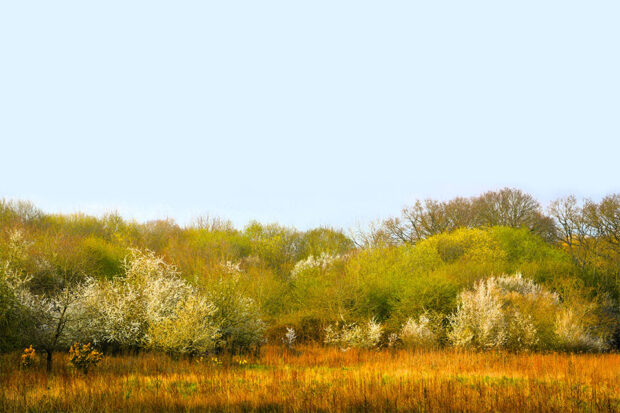
Why woodland edge deserves your attention
After reviewing hundreds of woodland creation applications across England over the past decade, we've become aware that edge design is often considered as an afterthought. Yet edges are key to unlocking the full potential of any woodland design, and help you comply with the UK Forestry Standard.
Considered edge design can deliver a wide range of visual, operational and environmental benefits. These include:
- structurally diverse, resilient and future-proof woodlands
- cover for deer management
- increased protection against windblow and wildfires
- sheltered growing conditions for young trees and natural colonisation opportunities
- essential habitats for wildlife, including for many specialised and threatened species
- woodland that blends naturally into the surrounding landscape
- good-sized, connected and diverse zones around tree planting compartments
- open ground that isn’t over shaded by large, established trees
To unlock these benefits, edge should be a design priority from the beginning.

Understanding woodland edge
Edge is the transition zone - or ‘ecotone’ - between woodland and fields or other open ground such internal glades, rides or large-scale, unenclosed landscapes such as moorland.
Typically, woodland edge features few large straight species, and has a dynamic, patchy distribution blending with grassland or moorland. It tends to grow as much laterally as vertically, forming valuable dense thickets.
This gives it a distinctive character and form that is home to a rich assemblage of rare and threatened specialists. Flagship woodland species such as nightingale, fritillary butterflies, dormice and black grouse are just some of them.
Edge, at larger scale, can also include broadleaved stands of trees on the margins of large-scale productive conifer woodland. Planting this way helps conifers blend with their landscape, while improving shelter.
The key is recognising that edge isn't just the perimeter band surrounding your woodland. Edge is a varied zone that responds to the location's distinctive spirit of place, often incorporating existing open grown trees, scrubby features, including hedgerows and natural colonisation. This enables new woodland to fit well with its landscape context. It also takes account of landform and associated aspect, patterns of enclosure, scale and shapes in the landscape.
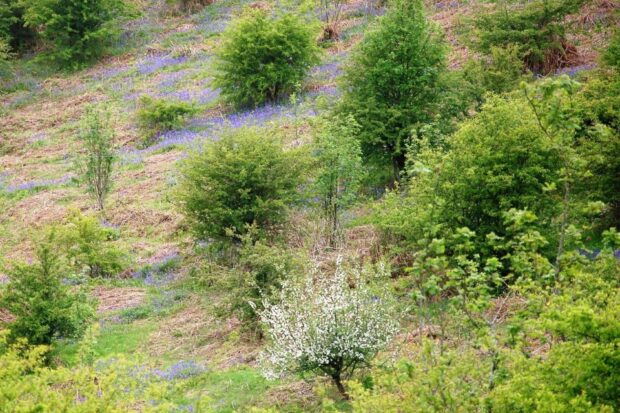
Considering edge in the woodland design process
Creating effective edge starts with the three-stage design process:
- landscape context analysis: understanding how new woodland can fit into the site and broader landscape and existing edge characteristics
- site appraisal and evaluation: identifying and mapping what edge resource already exists on your site and considering how it can be used in the woodland design with edge planting
- design concepts with options: developing spatial plans that meet your objectives and clearly identify how and where the edge will contribute to your overall woodland design
Don’t overlook the value of your existing edge resource – what’s already in the site treescape - at the appraisal stage. This might include open canopy in-field trees, shaws, hedgerows and scrub, and areas of natural colonisation. They form a “ready-made” edge that can help your woodland fit more naturally and instantly into the landscape, fulfilling the unity design principle.
The design process doesn’t need to be complicated. Your analysis drawings and concept designs can be as simple as annotated, hand-drawn sketches or more sophisticated computer-aided drawings, depending on your project’s scale and sensitivity.
What matters most is showing how your edge design responds to the site’s specific characteristics, how you’re considering landscape context, as required by UKFS and how edge complements the closed canopy woodland.
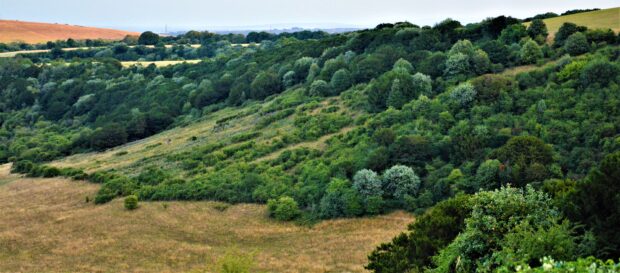
Woodland design with a competitive edge
Well-designed edge brings a wealth of benefits to new woodlands. Here are some of our top tips for getting it right first time:
- think about edge from the start, alongside tree planting compartments and open space networks
- look at what you’ve already got in the site and incorporate it into your woodland design
- consider how much space your fully grown trees will need and the shade they’ll create – you might need more space than you think for viable light demanding edge
- integrate edge with surrounding land and topography, avoiding parallel, picture frames (unless there is a good reason for them) for gently scalloped and graduated zones
- plant predominantly native small trees and shrubs in ‘mosaic’ clumps and clusters, reflecting the landscape context. Edge is best on south facing fringes where there is most light
- mimic patterns of natural colonisation, and if natural colonisation processes are taking place, embrace it. Always consider long-term management in edge design
Why not design your next woodland with a competitive edge? By fully utilising the woodland design process, you can give edge the prominence and space it requires.
Guidance on edge design is now available on GOV.UK which includes sections on resilience, people, nature recovery and much more.
Read Edge design for woodland integration, resilience and biodiversity on GOV.UK to learn more about edge design.
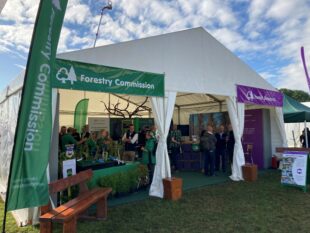

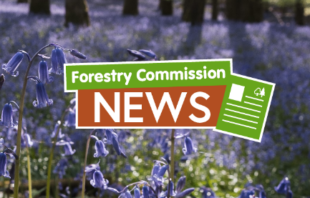
1 comment
Comment by Brian Williamson posted on
All good stuff, but one of the reasons woodland edges have become so important is the lack of coppice management, which produces economic returns, biodiversity and amenity value.